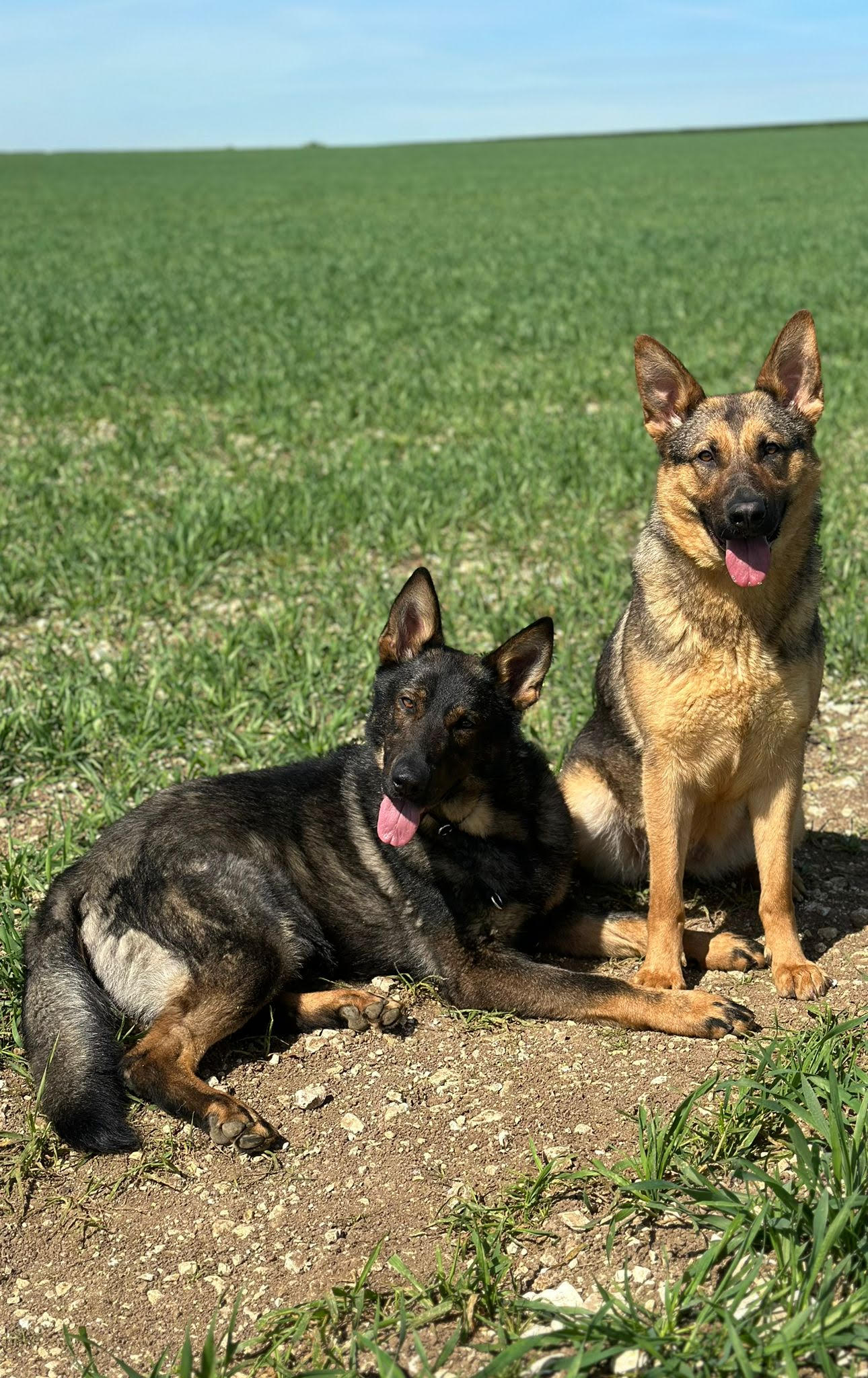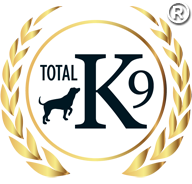Protection dogs have different abilities compared to standard pets and require specific training to ensure they can safeguard their owners while being safe, controlled, and reliable. If you’re considering training your dog for protection or have a trained guard dog in the UK, it’s really important to know the right commands that will make them both effective in their job and safe around friends and family. So, in this article, we’ll learn about the essential commands and training techniques tailored for protection dogs.
What is Protection Dog Training?
Protection dog training differs significantly from basic pet training as it combines advanced obedience training with protection skills. This training is used to make sure that the dog understands how to obey commands and how to react to protective scenarios. Training a protection dog should always be conducted by professionals who specialise in this field. It takes a deep understanding of the psychology of dogs and how to channel their instincts properly without encouraging unnecessary aggression.
Basic Obedience Commands
The foundation of protection dog training resembles that of standard pet training, but it’s a little more involved. This is to ensure that the basic obedience commands are reliable and helps to bolster more advanced training methods and commands later.
Sit and Stay
Every dog, not just protection dogs, should master the ‘Sit’ and ‘Stay’ commands. These commands are essential for maintaining control of the dog in various situations, ensuring they remain calm and stationary when needed.
Come
The ‘Come’ command, or recall, is another key command for any protection dog. It ensures that your dog will return to you regardless of the distractions in their environment. This command is particularly important in situations where the dog needs to be called off from pursuing a perceived threat.
Heel
The ‘Heel’ command keeps your dog walking closely beside you without pulling on the leash. For protection dogs, this command is important in crowded places or situations where close control is necessary to navigate safely through environments.
Protection-Specific Commands
Protection dogs will also require protection-specific commands to help them perform their duties. Some of these commands will likely include:
Alert
This command teaches the dog to bark on cue, which can be useful to warn off intruders or alert the owner to a potential threat. The alert should be controlled, with the dog ceasing to bark when given another command.
Guard
‘Guard’ is a command used to have the dog watch over a specific area or object. This is useful not only for property protection but also in situations where the dog needs to stay vigilant in one place while the handler is occupied.
Release
Possibly one of the most critical commands for a protection dog, ‘Release’ teaches the dog to let go of anything it has in its mouth, including a potential intruder’s arm. The command must be obeyed immediately to ensure that the dog can be controlled under all circumstances.
Advanced Commands
Alongside the basic and protection commands, some protection dogs will be taught advanced commands to help with specialised scenarios. These may include:
Search
In more advanced protection dog training, ‘Search’ commands the dog to look for intruders or hidden threats within a designated area. This command requires a high level of training and should only be taught by professionals.
Defence
A more complex command, ‘Defence’ instructs the dog to defend the handler from an attacker. This should only be triggered under specific circumstances and the dog should cease defensive actions as soon as the handler commands it.
The Importance of Consistent Training
Consistent training is key for maintaining and refining the skills of a protection dog. Regular practice of these commands ensures the dog’s responsiveness and sharpens their abilities, which are important traits for these dogs to have. It also helps in bonding with the dog, establishing a stronger handler-dog relationship which is essential for effective protection work.
Professional Protection Dog Training
As a protection dog requires specialised training, it’s really useful to have competent professional help. Protection dog training is an advanced field of training that requires not only a deep understanding of dog behaviour but also a comprehensive knowledge of legal and ethical considerations.
Professional trainers have the expertise to shape the instincts and behaviours of a dog in a way that aligns with the needs of a protection dog. They do this while also ensuring the dog remains balanced and well-adjusted. Below are just a few reasons to consider professional training:
• Expertise in Aggression Management: Professional trainers know how to manage and direct a dog’s natural aggression safely and appropriately, ensuring the dog does not become a hazard.
• Tailored Training Programs: Professionals can customise training to suit the specific temperament of your dog and your personal security needs, providing a more effective training outcome.
• Compliance with Legal Standards: Professional trainers are aware of the UK’s legal standards relating to protection dogs and train them accordingly to ensure both the owner and the public are not put at risk.
• Safety: Properly trained protection dogs are safe to be around family and friends when trained by professionals who can instil the correct level of discipline and control.
Finding the Right Trainer
Choosing the right professional trainer will ensure that both you and your dog will have an easier time during training. Look for trainers who are certified and have verifiable experience in training protection dogs. Recommendations from other dog owners, vet referrals, and reviews can also be invaluable in finding a reputable trainer. Always ensure that the training methods used are humane and that the trainer provides ample support for both the dog and the handler throughout the training process. At TOTALK9, we tick all of the boxes and truly care about the dogs we work with.
Build a Lasting Bond With Protection Dog Training
Training a protection dog involves much more than teaching them to guard and defend. It includes instilling obedience, control, and loyalty. The commands discussed form the foundation of a reliable protection dog’s training regimen. However, remember that professional guidance is key in ensuring that your protection dog is trained effectively and safely. Always prioritise the well-being and ethical treatment of your dog throughout their training and working life.
If you have any questions about protection dog training, or would like professional help with training your dog, please get in touch with our team at TOTALK9 today.

